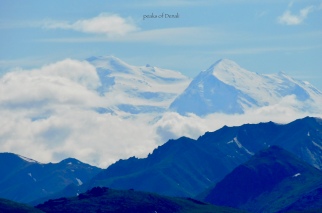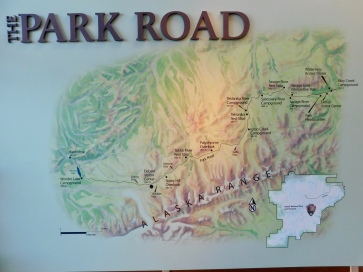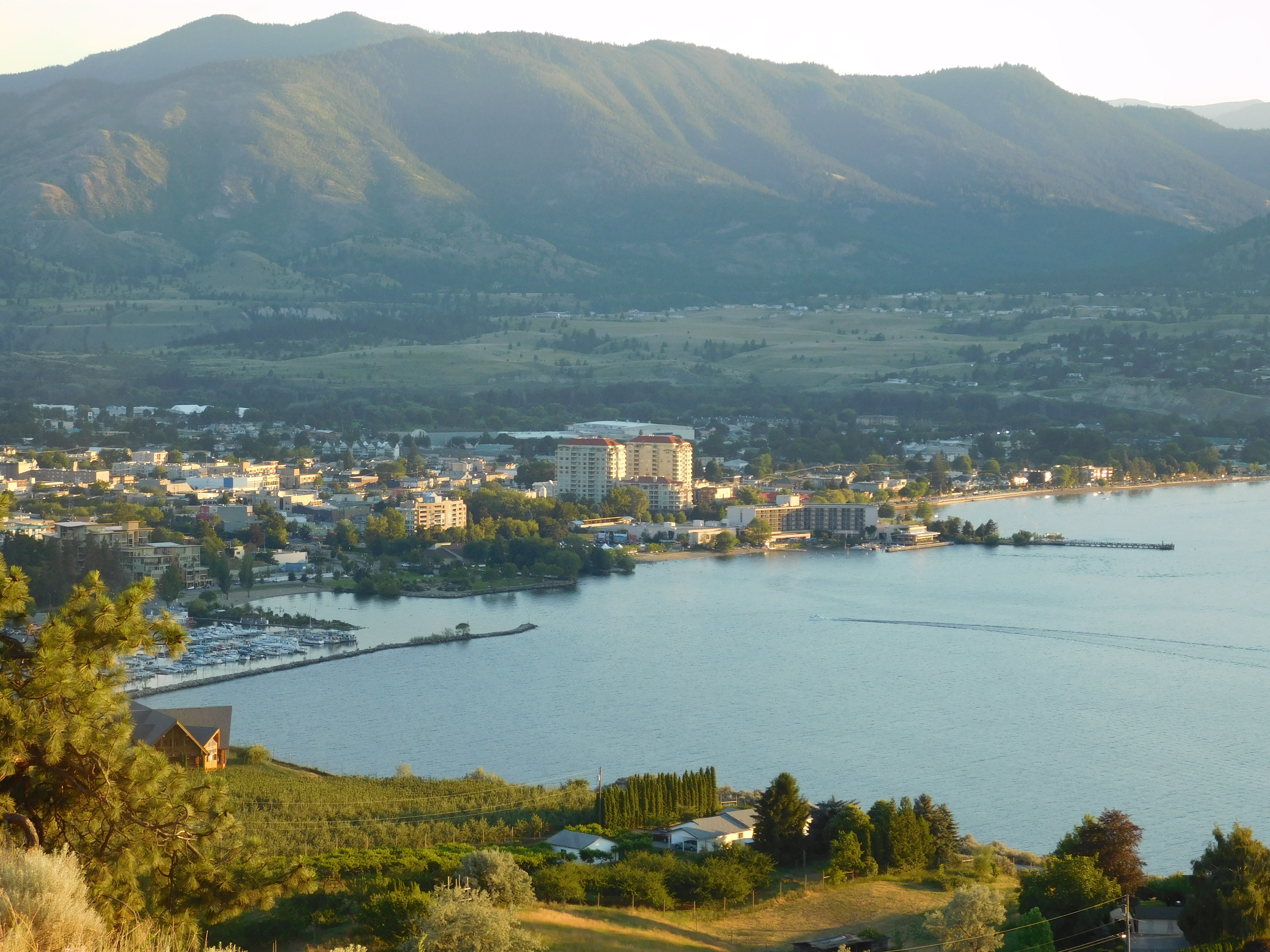

“The high one.” We decided that if Stuart were to be named by the Dena’aina people, he might be named Denali. And we managed to be part of the 30% club–of the 400,000 visitors per year to Denali National Park and Preserve, about 30% ever get to see any part of the mountain as it is more often enshrouded in clouds. At 20,320 feet, it creates its own weather system although on a lucky clear day, it may be seen from Anchorage or Fairbanks.

The park road is 92 miles long and can only be traversed by bus after the first 15 miles of paved road. It is maintained in an utterly wild state, with only a few marked hiking trails so that visitors can simply explore the taiga and tundra on their own. In fact, it is strongly encouraged that groups of more than 2 or 3 people disperse themselves so as to avoid creating trails that may harm the fragile terrain.
Before getting to the park, we camped at Eklutna (just north of Anchorage) and Talkeetna (the service and staging centre for Denali climbers, fly-in visitors, and other outdoors people). At Eklutna (a small native village that runs a water treatment plant from the glacier-fed Eklutna Lake (drinking water for Anchorage), we spent a few hours cycling on a lakeside trail billed as “popular with cyclists” without realizing they meant a trail for mountain biking. An almost daunting escapade with deeply rutted/potholed and muddy tracks, narrow gravelly banks, jutting roots and fallen trees…oh, yes, and sharing large sections with ATVs. (We swear we were having more fun!)
Talkeetna was a curious mix between an old-style mountaineering/outfitters town and modern tourists: the same shops sold serious mountaineering equipment and fudge/t-shirts/trinkets. Local characters mix with cruise-ship tour bus visitors. The historic buildings now house all manner of outdoor services, restaurants, shops, and galleries. There is even a brewery in this tiny place. And several native conservation services. There is even a flag-down train service for those going into the backcountry to hunt, fish, or live remotely.
Denali National Park: Luckily, we booked one of the last available camp sites in the park several weeks ago. This is a massive park and advanced planning is a must. The bus ride to Wonder Lake takes 6 hours each way, with several planned stops to pick up and drop of people at walk-in campgrounds, visitor centres, viewpoints, and unplanned stops to view wildlife as it happens. Every area of the park offered its own unique views, topography, geology, and ecosystems. A few of them here:
we booked one of the last available camp sites in the park several weeks ago. This is a massive park and advanced planning is a must. The bus ride to Wonder Lake takes 6 hours each way, with several planned stops to pick up and drop of people at walk-in campgrounds, visitor centres, viewpoints, and unplanned stops to view wildlife as it happens. Every area of the park offered its own unique views, topography, geology, and ecosystems. A few of them here:
Wonder Lake: we hiked off-path on the tundra, not realizing just how tough it would be. The tundra looks like solid ground but it’s actually soft, spongey, mucky marsh that is 3-5 feet deep. Even though we were on relatively flat terrain, we were huffing and puffing after about 30 minutes of picking our way through, being ever mindful to watch for bears and caribou and wolves and moose…at which point the skies opened up with rain and we were swarmed with mosquitos. Luckily, we were dressed for it and eventually made our way out and back to the bus pick-up point. Only later did we learn that Wonder Lake is known to be one of the most mosquito-laden parts of the park.
Savage River: a relatively short (40 minute) bus ride took us to our alpine hiking area where we combined two trails: the 2-mile river loop trail and the 4-mile alpine trail (steep climb and ridge traverse) with glorious views on a beautiful day.
Flora and Fauna of Denali NP: so much wildlife to be seen and seemingly, new flowers coming into bloom at every change in elevation or mountain slope.
Sled dogs of Denali: this is the only National Park in the U.S. Parks system that has a working sled dog kennel. These huskies were central to the park’s creation and its operations, past and present. The park offers visitors a chance to visit with the dogs and observe a brief demonstration of a sled-dog team in action.
This park is highly recommended, is one of the best places to experience raw wilderness and wildlife in its natural habitat. We would definitely return, given the chance.












































